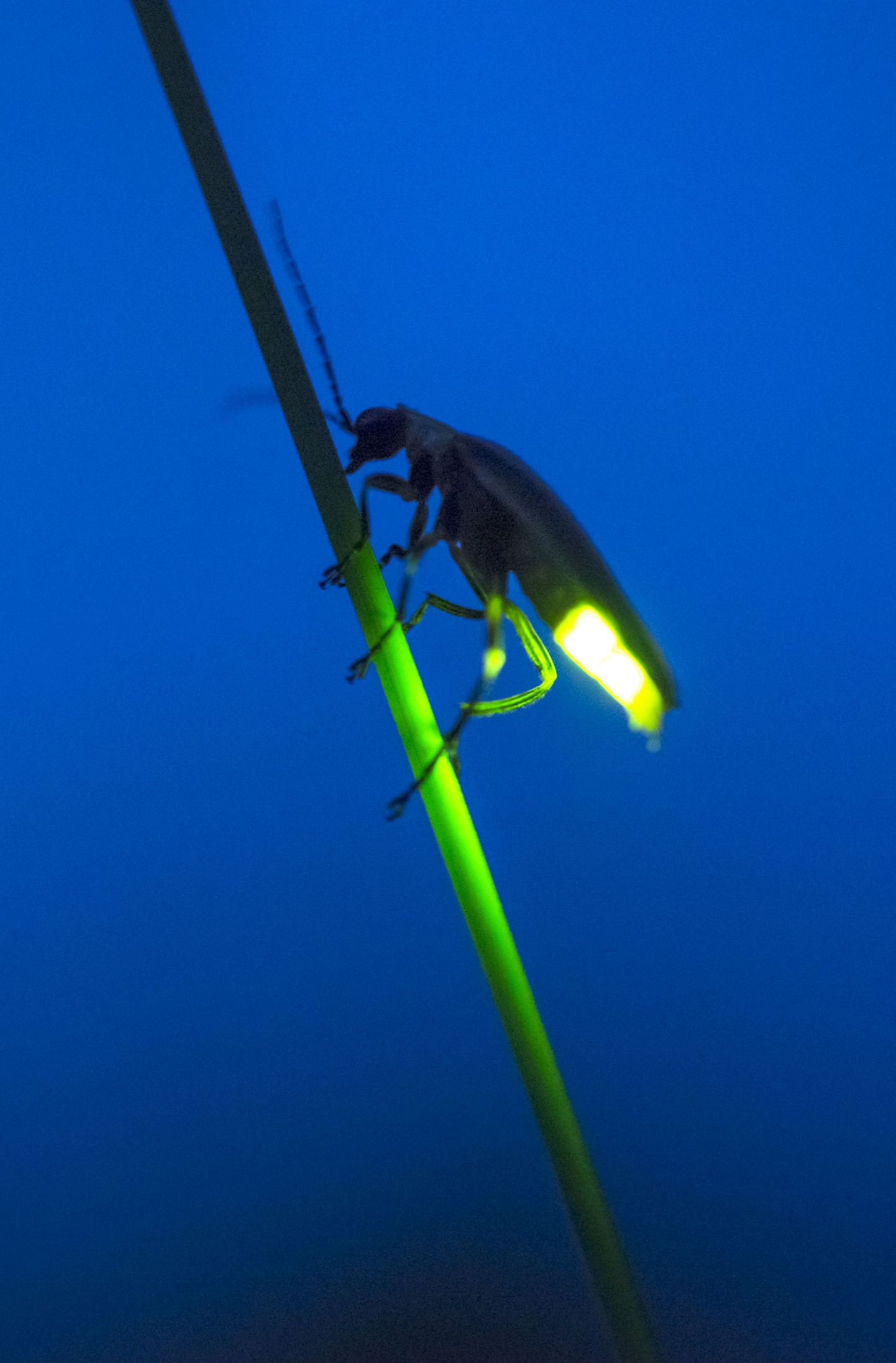To simplify, scientists changed the genome of HPV to make the growth and life cycles of the virus more visible using bioluminescence. This made it possible to use rapid tests to determine whether potential cures had an effect on the virus or not. The solution also makes it possible to test great quantities of compounds.
The same method can be used to measure the activity of other viruses or genes. University of Tartu researchers chose HPV because the university has spent years studying it and because a lot of people are infected with it every year.
“The USA alone spends $3.4 billion a year on treating diseases caused by HPV. If we could find a cure, this spending could be reduced, or better yet, we could use that money ourselves,” said professor of biomedical technology at the university Mart Ustav.
“Greed has always been a driving force. And because we have the know-how and the skill, as well as professional researchers, why shouldn't we try? It seems to be going pretty well so far!” he said.
Ustav said that patent applications have been filed for everything discovered so far, and that the university has three scenarios for what comes next: to sell the solution to a buyer who wants to develop an HPV cure, to find a partner to finance future development and clinical trials until the drug can be marketed, to find partners and fully develop and market the drug.
“We will see whether any of these plans will work,” the professor said.

